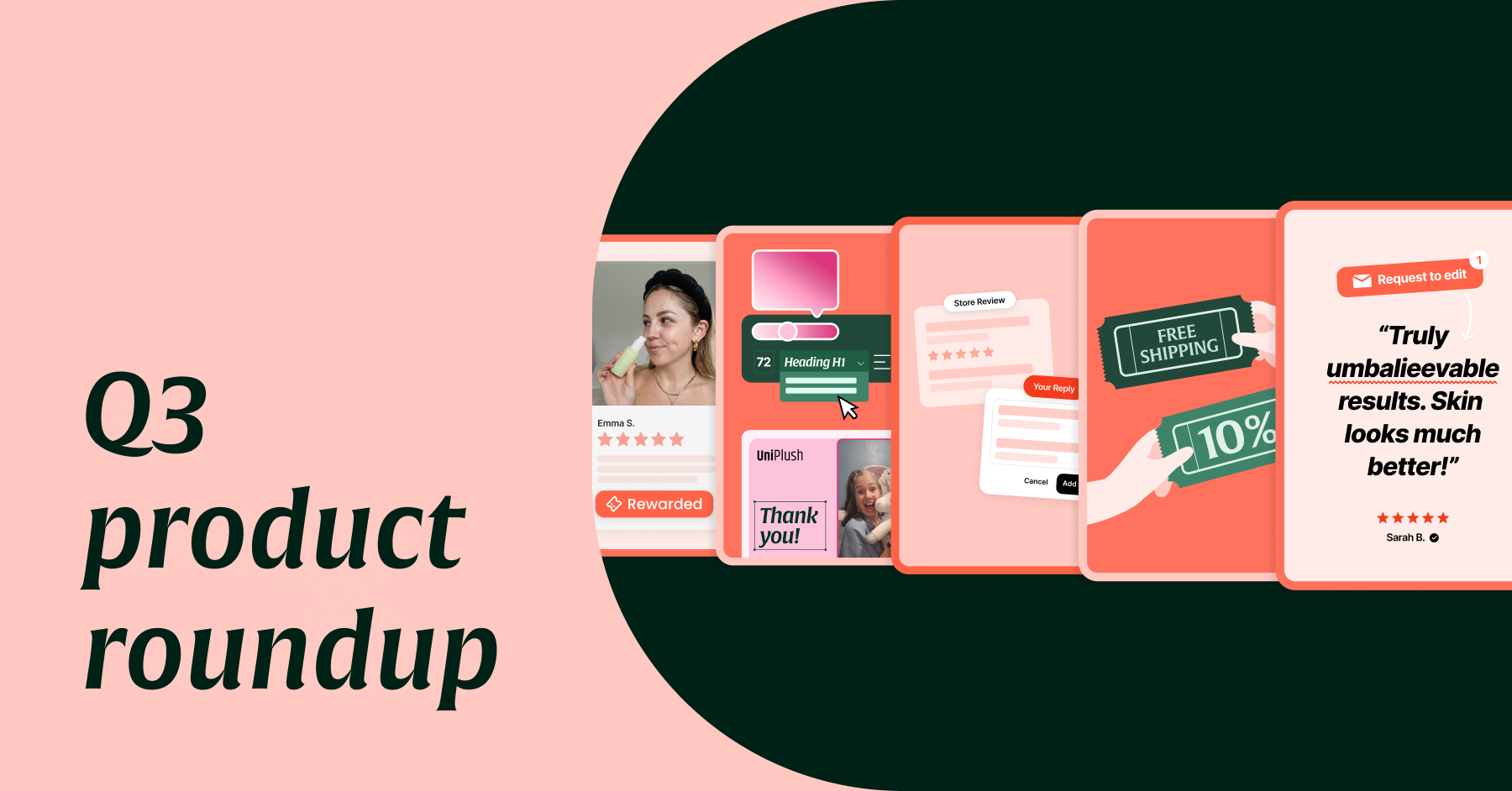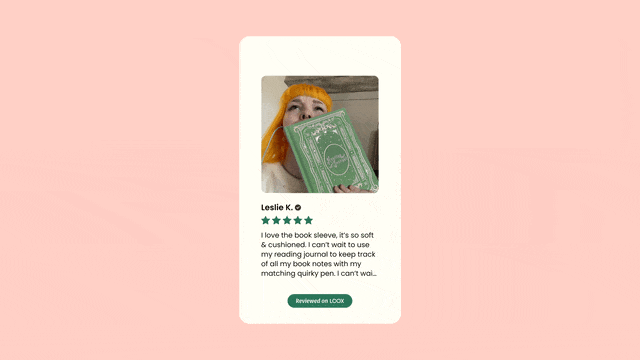Shopify Set-Up Guide #2: Good Entrepreneurs Copy. Great Entrepreneurs Steal.

- Week #1: Business Model
- Week #2: Target Audience & Products (you're here now)
- Week #3: DTC Branding
- Week #4: Import Products & Social Proof
- Week #5: Store Design
- Week #6: Best Shopify Apps
I still don’t have a product to sell. But I will change this today.
Last time I noticed that there seems to be a demand for “customizable” products.
Digging a bit deeper I also noticed that there seems to be a demand for lifestyle water bottles.
On Exploding Topics I found this:

I also found a brand called “Kinto”. They are described as a “Japanese lifestyle brand specializing in home and kitchen accessories.”
Could be anything. So I googled it.
But I used a small trick here.
I entered the search term “Kinto” in Google, but I didn’t press enter. I wanted to see Google’s autocomplete suggestions because they show me what other people are searching for.
And to my surprise, this appeared:

Many of these terms are directly related to bottles/mugs.
So I visited both online stores.
Luckily, they run on Shopify. This gives me the opportunity to add: /collections/all?sort_by=best-selling to their urls and it will show me their best-selling products.
Just as expected, their best-selling products are bottles.
Am I onto something here? Let’s see…
Before I can actually answer this question, I need to ask myself a different question:
Why are people using these products?
Hydrojug seems to have found their target audience in young women who love to stay fit and healthy. How can I tell? Well, I checked out the tagged images on their Instagram account.

Kinto’s target audience is not so easy to detect. Lots of different types of people love their products.
But one thing combines them all. They have a sense of simplistic aesthetic.
This makes one thing very clear to me: the product is only a small part of everything. It’s the niche and target audience that makes the real difference.
So, audience first.
Which lead me to an idea:
Why not sell products to the same audience as Hydrojug does? Hydrojug invested a lot of research into this and it seems to work.
But I don’t want to compete with them. Their product is great and they have very loyal customers.
What I can do is to find a complementary or matching product to theirs. And then, later in the marketing, all I need to do is to target Hydrojug’s audience.
I have no idea if this actually works out but it’s worth a shot.
To get an idea if this can actually work out, I asked some of Hydrojug’s customers via Instagram what made them buy their product:

To me, the most interesting things from her message are “the strap to carry, it makes it easy” and “they also have metal ones”.
The strap is obvious. It’s a clear benefit. But what’s so special about the metal one?
So I asked her…

Now that makes sense.
Honestly, I struggled to proceed from here.
So I looked at what I have here…
A lifestyle water bottle that is mostly used by young women who love going to the gym. The product also comes with a strap because it’s heavy if it’s filled with water. And because it’s used in the gym - where it gets hot - it keeps the water cool for a very long time.
Lifestyle product + clear target audience + clear benefits = great product.
This will be the framework for my product.
I still felt a bit “lost” and didn’t know where to go from here. So I went over to Ecomhunt again and browsed through tons of products.
The only product that I felt could meet the standards from my framework was a crossbody phone lanyard.

Problem here: I felt it’s a bit saturated.
On the other hand… unless it’s a real invention, nothing is really new and everything can be considered to be saturated.
Since I want to focus on the target audience and not necessarily on the product itself, I decided to start with this product.
I can still make changes along the journey (if required).
To sum it up for today’s store building journey:
I will sell crossbody phone lanyards to young women who love to be in the gym.
I'm excited to see how this will turn out in the end.

.jpg)

